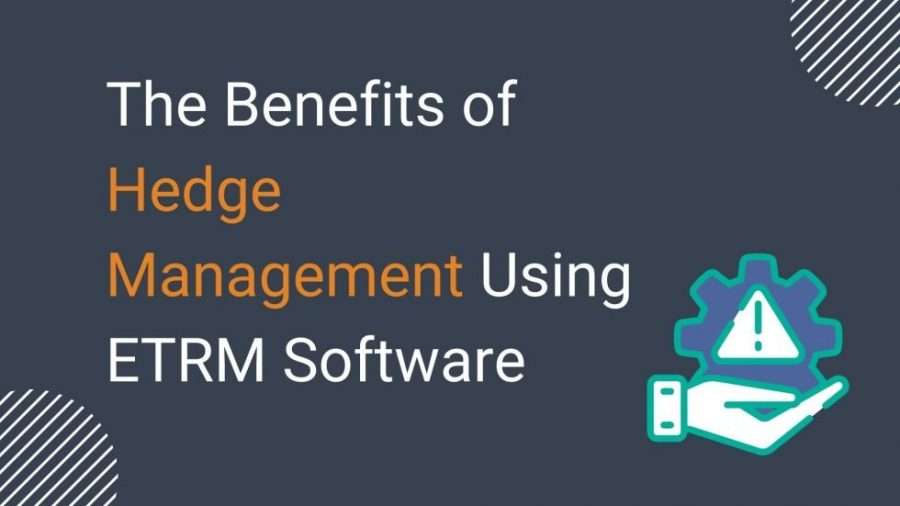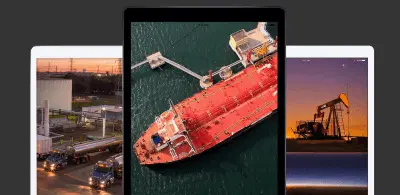The Benefits of Hedge Management Using ETRM Software
- March 8, 2022
- Posted by: Inatech ETRM
- Categories:

Commodity prices and interest rates are often highly volatile. This can directly affect your cash flow and your margins. Even price fluctuations in fuel cost can affect your returns. Hedging can help you manage volatility and reduce risk. In the energy trading landscape, fuel products including biodiesel, bunker fuel, marine diesel, kerosene, jet fuel, and so on can be successfully hedged.
In this article, we will understand more about hedging and how an ETRM can help businesses turn volatility into profitability.
Why Do Businesses Hedge?
You may observe hedging in various sectors even in your daily life. For instance, when you buy insurance for your house, you are hedging against fire, thefts, or unforeseen circumstances.
So, hedging in simpler terms is more like insurance. When businesses hedge, they are protecting themselves from negative impacts in the market that will affect their working capital and margins. However, hedging does not prevent all these negative impacts but if it happens, it can help mitigate the impact.
This means mitigating risk may also result in the reduction of profits. Many experts, in fact, may say that hedging is a risk management technique to mitigate potential loss but not maximise your potential profit.
What Are the Different Hedging Techniques?
Hedging techniques usually involve the use of derivatives, including options and futures contracts. Derivates are financial instruments that help you in trading strategies. How? With derivatives, you can counter the loss in one investment by gaining in a derivative.
-
Futures contract: It is an agreement between the two parties involved in commodity trading. With this, a predetermined price is fixed at a particular date in future to buy or sell a commodity. On this date, the buyer will purchase and the seller will sell the commodity at the price agreed between the two, regardless of the current market price. These contracts can be for various commodities including crude oil and refined products, livestock, renewables, natural gas, agricultural produce, and so on. Futures contracts are successfully used by both buyers and producers to reduce the risk exposure.
-
Options: These are also financial derivatives. However, they work differently because these do not obligate the buyer to buy or sell the commodity at the specified price and date. An option can be call or put depending on the hedging strategy.
What Does an ETRM Do?
An ETRM or energy trading and risk management system is used by traders, marketers, risk managers, and even finance personnel in the energy trading landscape. It is equipped with multiple tools and in-built application programming interfaces (APIs) that help automate and streamline various front, mid, and back-office functions including
-
Trading
-
Hedging
-
Risk management
-
Inventory management
-
Contracts management
-
Financial accounting and taxation
-
Reconciliation and many more
Hedge Management Using an ETRM
Traders may not always have the perfect hedge. In such a scenario, they may choose the next best deal that not only covers exposure but also allows them to hedge later when market conditions change. This means they need a solution that includes effective risk reporting so they are on top of the changing trends. A smart ETRM can help various stakeholders in many ways.
-
Provides real-time and data-driven insights to help traders know about business and market indicators to make smart hedging decisions.
-
Supports profitable trading by offering customised hedging recommendations.
-
Offers flexible and powerful exposure reporting against the right curve as well as in the right units.
Inatech, a global provider of ETRM and fuel management software offers Techoil, the most preferred ETRM in the oil trading industry to help automate all your operations and equip you with powerful insights to help make profitable rapid decisions.
To know more, visit Techoil product page.




